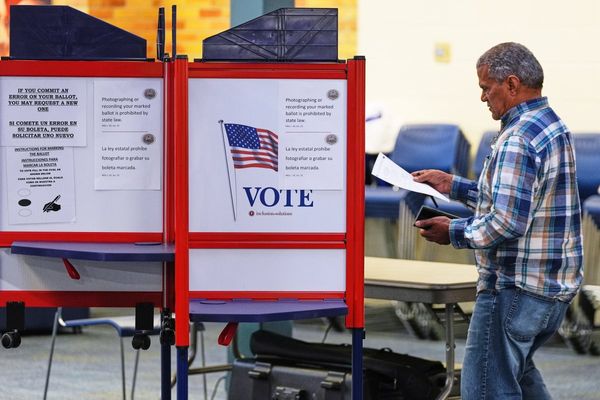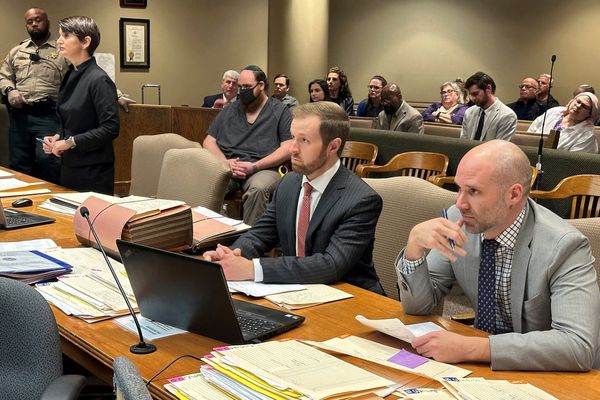
Many people in the US can expect to see an 8% rise in their utility costs this summer, according to a new report. Soaring electricity bills put low-income households at risk from extreme heat, the report noted.
Last year was the Earth’s hottest one on record. In the US alone, about 11,000 people are estimated to have died of heat exposure.
“With temperatures continuing to rise, more and more families need help with cooling,” said Mark Wolfe, executive director of the National Energy Assistance Directors Association and the report’s lead author. “I’m worried that we’re looking at another hot summer, and we’re not prepared for it.”
The analysis, conducted by National Energy Assistance Directors Association and the Center for Energy Poverty, found that the average cost to cool a home this summer would reach $719, up from $661 last year, and $476 a decade ago. The mid-Atlantic and west coast are expected to see the highest rise in electricity costs compared to last year, at 12%.
Low-income households pay roughly 8.6% of their income toward utilities, according to the Department of Energy. A household paying 6% of their income toward energy costs is considered to be a high energy burden household. According to the report, which looked at the period from June through September, nearly 20% of very low-income households have no air conditioning at all.
“Families in America are in a dangerous position where they could be having to sacrifice other aspects of their lives in order to just maintain power,” said Shelby Green, a researcher at the Energy and Policy Institute. “There are customers who have mounting utility debt, going into the summer season struggling to keep up with current costs.”
Extreme heat is the most deadly weather phenomenon, surpassing flooding, hurricanes and tornadoes. Low-income people are more likely to live in older, less efficient buildings with inadequate cooling systems, resulting in a higher energy burden.
“If people can’t afford air conditioners in the summer, we shouldn’t be surprised that people become ill and go to hospitals,” said Wolfe. “Now with extended heatwaves, more families need access to affordable cooling.”
The report noted that the Inflation Reduction Act (IRA), passed in 2022, expands access to weatherization assistance and high-efficiency heating and cooling systems. (Last week, New York became the first state in the nation to offer home energy rebates through the IRA.) The authors conclude that Congress should develop a long-term plan to fully fund both programs.
The authors also call on Congress to restore funding to federal energy assistance programs, which lawmakers slashed by $2bn in this year’s budget. And 33 states offer households no protections from summer utility shut-offs, putting tens of millions of Americans at risk during peak heat times.







